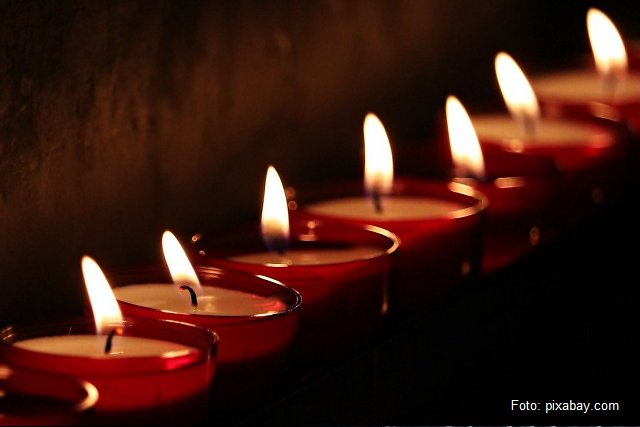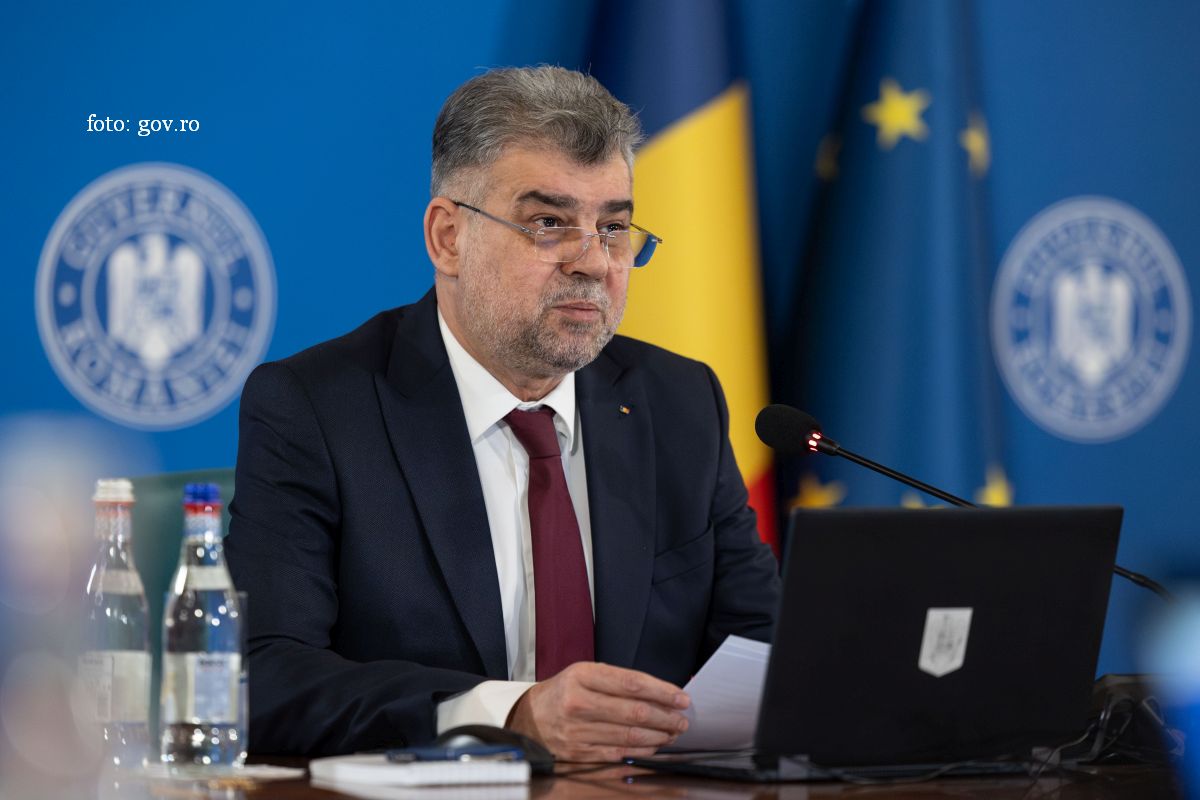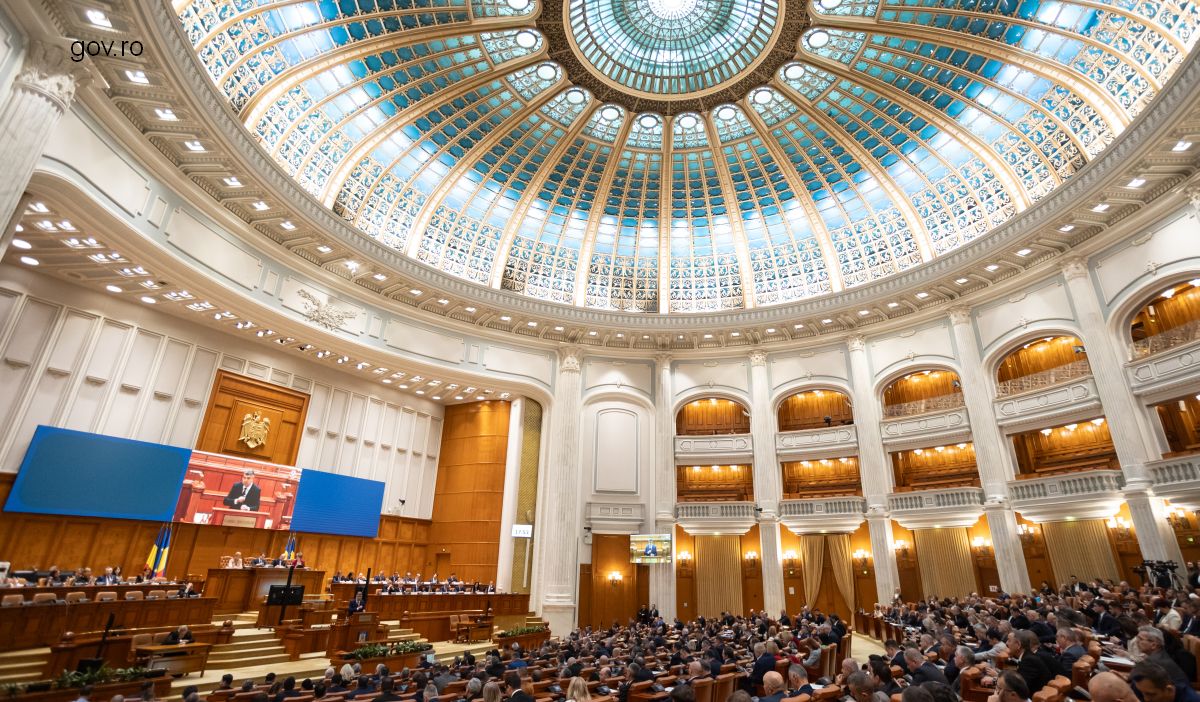32 years since the fall of the Ceausescu dictatorship
The December 1989 uprising in Romania toppled the then communist regime. Romania was the only country in the eastern bloc where the change of regime was made violently, and the dictators were shot dead.

Mihai Pelin, 22.12.2021, 13:50
On December 16, 1989, in Timișoara (west), the first protests against the communist regime broke out, which subsequently spread to all the cities of the country. In Bucharest, the revolt culminated, on December 22, with the fleeing of dictator Nicolae Ceausescu and his wife, Elena, by helicopter, from the roof of the building of the Romanian Communist Party – PCR Central Committee. Later, they were caught and shot dead on Christmas Day, after a perfunctory trial. In December 1989, more than 1,100 people died in Romania and at least 3,000 were injured. The famous question asked 32 years ago – “21-22, who fired at us?”, is still unanswered. The prosecutors investigation has not yet been completed and the culprits have not been punished. It is not known why the number of people shot dead increased after December 22, when the regime had already been removed. Not all the military or civilian forces involved in the repression of the protesters were identified, and the ammunition used was not recovered. Although the Romanian Intelligence Service – SRI has drafted an extensive document on the events that took place at the time, the document is not in the Revolution file.
Also, the ones who were supposed to shed light on the December 1989 events did not request extremely important documents from the Ministry of National Defense archives. Romania has been repeatedly convicted at the European Court of Human Rights – ECHR for delaying the case. The first final sentences were ruled hardly in 2000, when Generals Mihai Chițac and Victor Stănculescu were sentenced to 15 years in prison, but they were later released on appeal. Imprisoned in 2008, Chitac died at home in 2010, and Stanculescu was released in 2014 and died two years later in a luxury asylum. Last month, the High Court of Cassation and Justice decided to remit to the Military Prosecutors Office the Revolution file in which the former President Ion Iliescu, the former Deputy Prime Minister Gelu Voican Voiculescu and General (r.) Iosif Rus, former head of the Military Aviation, are accused of crimes against humanity. According to the indictment, against the background of the souring relations between Romania and the USSR, after the “Prague 1968” moment, but also as a result of the deep and general dissatisfaction in the society, a dissident group coagulated and developed with the purpose of removing the former dictator Nicolae Ceausescu, but the group was actually seeking to keep Romania in the sphere of influence of the USSR.
Military prosecutors claim that the group around Ion Iliescu acted skillfully and efficiently in order to take over the political and military power in December 1989. Moreover, the group acted to intensify the psychosis regarding the alleged existence of terrorists. The entire Romanian military forces was supposedly made available to the Council of the National Salvation Front (CFSN) – a temporary body of state power, which later became a political party — the National Salvation Front – FSN, led by Ion Iliescu, a former member of the communist nomenclature. In May 1990, the first free elections were held and he was elected president with an incredible score: 85% of the vote. Subsequently, he had two more terms, between 1992-1996 and 2000-2004. In time, FSN transformed into the Party of Social Democracy in Romania – PDSR, then into the Social Democratic Party – PSD, the latter being in the governing coalition currently ruling Romania. (LS)






























